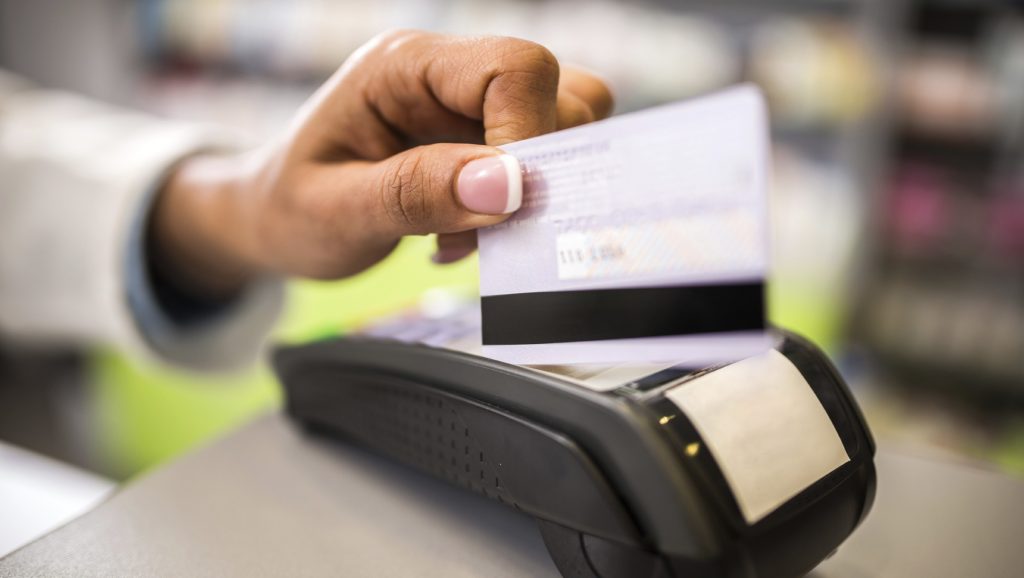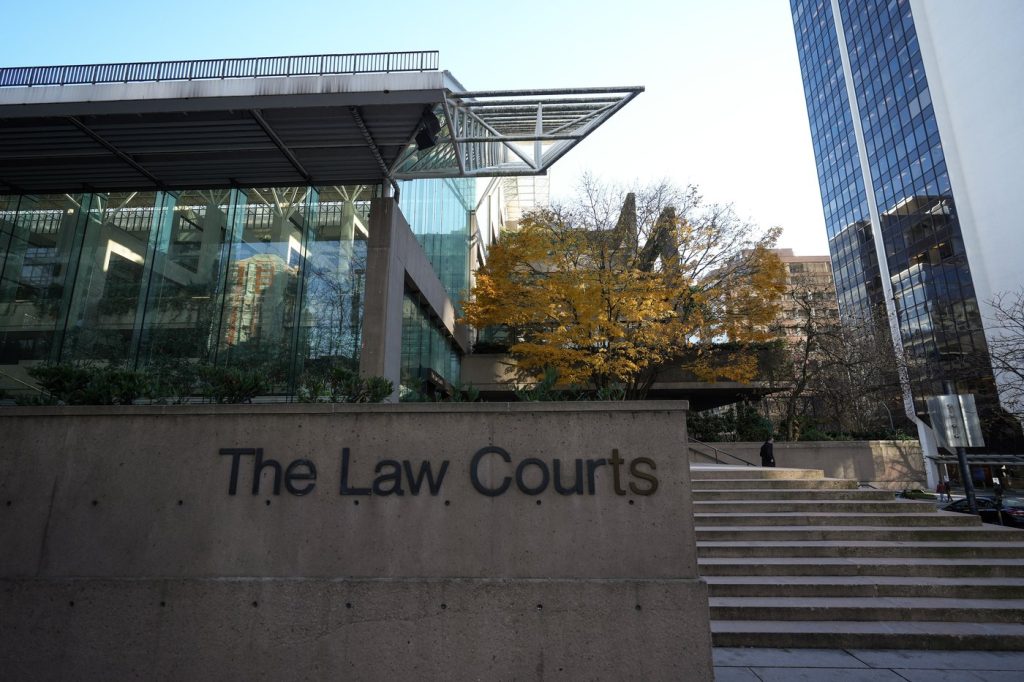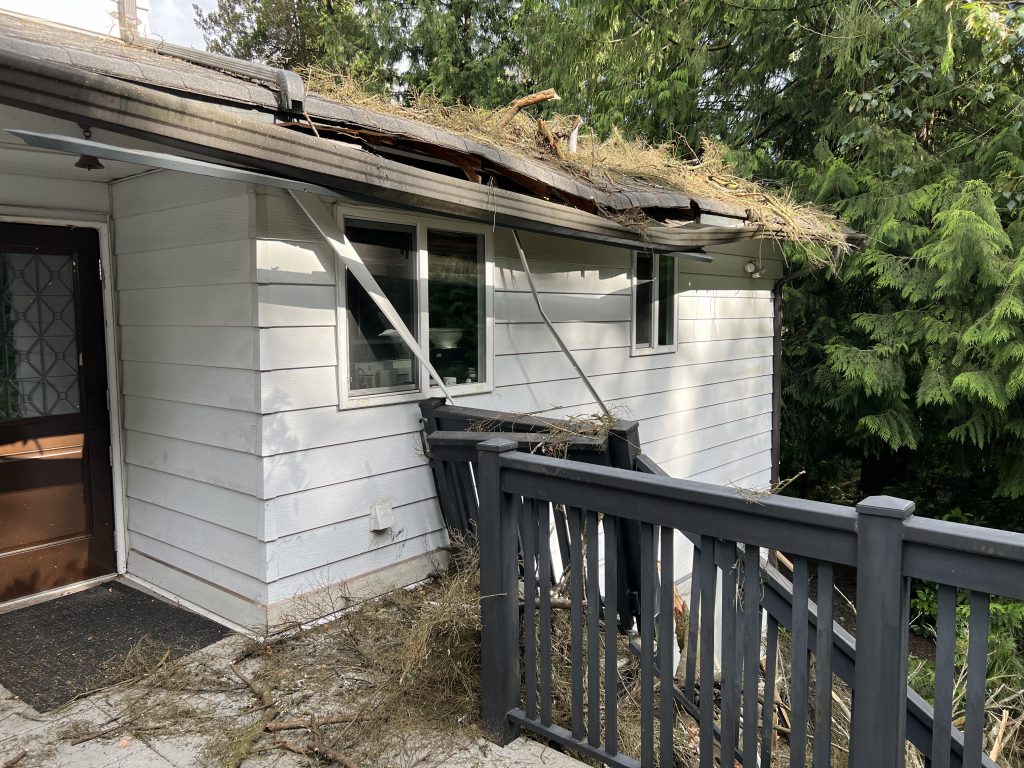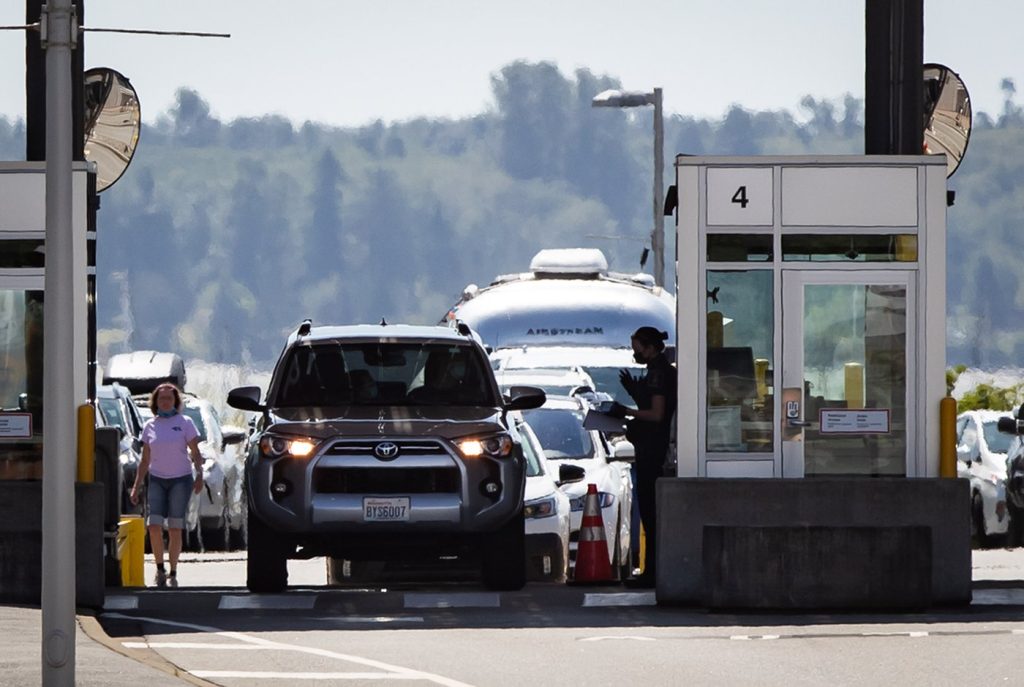Travel into Canada has more than doubled after border reopened to Americans
Posted August 25, 2021 10:32 am.
Last Updated August 25, 2021 10:47 am.
VANCOUVER — Fully-vaccinated Americans have been coming into Canada in droves since the border reopened.
New numbers from Canada Border Services (CBSA) show land travel more than doubled after Aug. 9, when Canada started welcoming vaccinated Americans.
During that week, more than 218,000 people crossed, compared to just over 100,000 the week before.
With a few weeks left of the busy tourism season, it’s a surge many were hoping for, but it’s a far cry from life before the pandemic.
Related Articles:
-
U.S. border closure impacting businesses that rely on Canadians
-
Trip to Tim Hortons high on list of woman barred from entering B.C. since borders shutdown
-
San Francisco bar owners take proof of vax into their own hands
The CBSA has temporarily reduced its service hours at some land borders due to COVID-19 protocols, and the majority of the NEXUS lanes are temporarily closed.
Still, more than 160,000 Americans were granted entry to Canada.
Regionally, the highest number was in Ontario, with 95,000 foreign nationals entering the country by land crossings during that time.
That was followed by the Pacific crossings, with about 32,000 crossings, the majority through Washington state which has longstanding ties to B.C.’s tourism sector.
The crossings in Quebec, the Prairies, and the Atlantic saw more modest numbers in that week.
Related Video:

But it’s a massive downturn from the crossings we saw in 2019, when the pandemic was only in its early stages and the border was fully open.
The Canada/U.S. border was closed in March 2020 to non-essential traffic, halting tourism and recreational travel between the two countries.
While Americans are now allowed to come up, fully-vaccinated Canadians remain unable to drive down south with restrictions in place in the U.S. until at least Sept. 21.
All other foreign nationals are expected to be able to enter Canada on Sept. 7, “provided that the domestic epidemiologic situation remains favourable,” the Canadian government said. They must be double vaccinated, complete a pre-entry COVID-19 molecular test, and register on the ArriveCAN app or web portal.
Air travel still down over pre-pandemic times
Canada’s land borders are not the only points of entry seeing an increase in travel in recent days.
Between Aug. 9 – 15, nearly 180,000 people travelled by commercial air into Canada. That was a small increase from the previous week, but only about 20 per cent of the number seen in the same week in 2019.
However, despite the end to the mandatory quarantine for U.S. travellers, the majority of people flying into Canada remains Canadian citizens.
Air travel was heavily impacted by the pandemic, and the Canadian government has not lifted its advisory for citizens to avoid non-essential travel outside of the country.
Many COVID-19 exposures are connected to flights, with some passengers travelling while they were considered infectious. Click here for a full list of recent confirmed cases and potential exposures.
August 22
Air Canada Flight 213, Calgary to Vancouver
Flair Flight 604, Edmonton to Abbotsford
Flair Flight 517, Victoria to Calgary8/8
— BC Centre for Disease Control (@CDCofBC) August 24, 2021
In response to the pandemic, the majority of airports across Canada have been closed to international travellers, except for Calgary, Montreal, Toronto, and Vancouver.
In addition to the land borders, the Canadian government also loosened its pandemic pause on smaller airport.
Related Articles:
-
Canada’s major airlines applaud mandatory vaccination policy
-
As U.S. demurs, Canada welcomes vaccinated American citizens back across border
-
More than 400 international flights to Canada in July carried positive COVID-19 cases: report
Air travel was also expanded to include more airports to the list allowing U.S. travellers to land in Atlantic Canada and the Prairies.
An additional five airports were added Aug. 9.
New international entry airports:
- Halifax Stanfield International Airport;
- Québec City Jean Lesage International Airport;
- Ottawa Macdonald–Cartier International Airport;
- Winnipeg James Armstrong Richardson International Airport; and
- Edmonton International Airport.
Slow reopening of water points of entry
More points of entry opened on Aug. 24 to allow travellers to enter via the water by small marine vessel.
Further to the new public health measures affecting travel to Canada, the CBSA is resuming service at six small vessel reporting sites in Ontario. https://t.co/vnsCc1foTr pic.twitter.com/V2itnZtXSo
— Border Services SOR (@CanBorderSOR) August 24, 2021
Ontario
- Bluffer’s Park Marina
- Bronte Outer Harbour Marina
- Fifty Point Marina
- LaSalle Park Marina
- Mimico Cruising Club
- National Yacht Club
- Port Credit Yacht Club
- Royal Canadian Yacht Club
- Toronto Island Marina
- Whitby Yacht Club
Québec
- Club Nautique de Cap-aux-Meules
- Club Nautique du Chenal
- Plaisanciers du Havre
- Quai Richelieu
Ferry terminals reopening Sept. 6
On Tuesday, the federal government announced border services at select ferry terminals will be restarting in the coming weeks. The majority are on B.C.’s Vancouver Island.
“There was confusion in the region on August 9 when the borders re-opened but the marine border remained closed,” the mayor of Victoria Lisa Helps wrote in a statement following the announcement.
Helps says the news is “terrific” and will be a boost to tourism to the provincial capital.
“The Belleville Terminal is an important entry way to the region and a key engine of the region’s economy. The Coho and Clipper are critical links for Victorians with our neighbours to the south and we look forward to this long-standing border crossing being reopened,” Helps said.
Ontario
- Point Alexandria (Wolfe Island Ferry)
- Pelee Island
British-Columbia
- Alaska State Ferry Terminal
- Belleville Terminal
- Blackball terminal
- Washington State Ferry Terminal
The Walpole Island Ferry in Ontario will reopen on Sept. 19.








